
The Pericardal Balloon
Support Device
Easily implantable, minimally invasive, life-saving, low-cost support for critical patients in cardiogenic shock
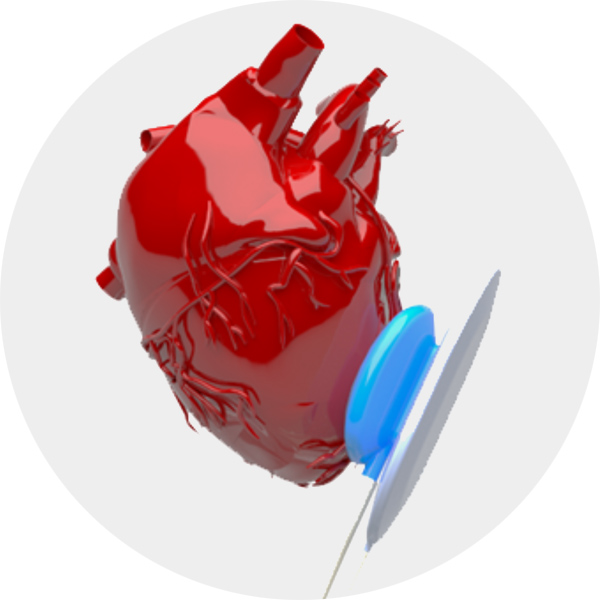
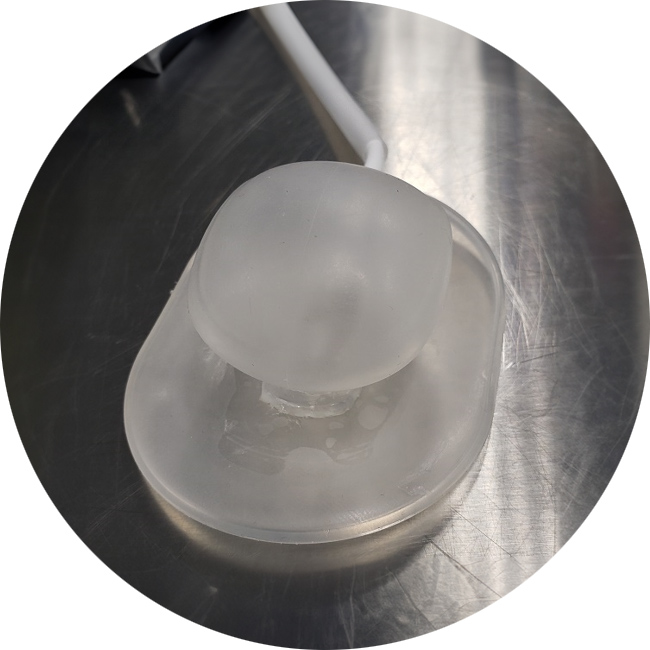
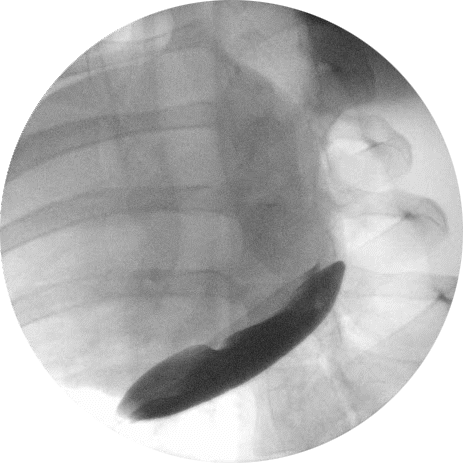
Simple design
Simple and natural extra-circular design, using the pericardium to apply an assistive force to augment the left ventricle’s natural behaviour.
Easy delivery
Delivered percutaneously, in a 15 minute procedure common for interventional cardiologists in the cathlab environment – expands patient access outside specialist centres.
Low power
Requiring low power to drive the device, enabling the future development of a portable device for ambulatory chronic heart failure patients.
Low cost
Low cost enabling fast deployment across healthcare systems.
CT scan images
Human (cadaveric) imaging
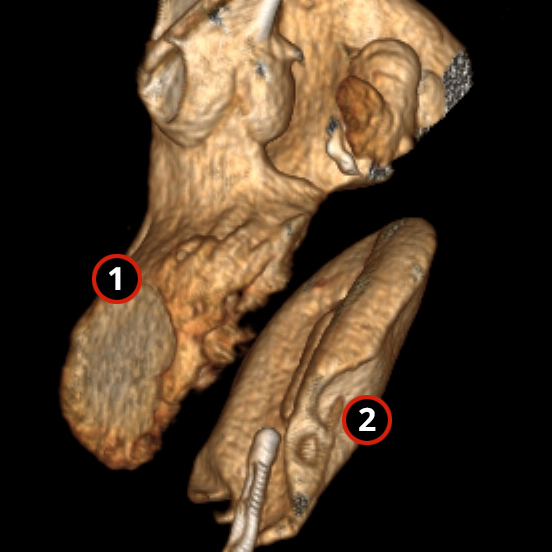
Actuator balloon deflated
- Contrast filled left ventricle
- Contrast filled positioning balloon
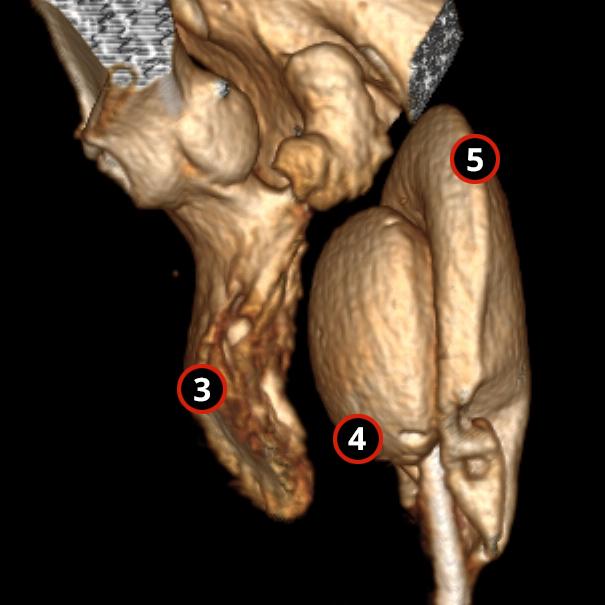
Actuator balloon inflated
- Contrast filled left ventricle
- Contrast filled actuator balloon
- Contrast filled positioning balloon
Evidence of efficacy
Cardiac Power Output (CPO): The primary success metric
- <0.6W associated with increased mortality
- 0.8W with support associated with improved outcomes
- PAL: animal model of cardiogenic shock boosted from 0.5W to 0.82W
In non-recovery tests
- Mean +42% in cardiac output
- Mean +42% in stroke volume
- Mean +20% in pressure
- Mean +30% flow increase measured
- Mean operating time 75 minutes
2 x 72 hour tests completed
- Safety and efficacy demonstrated
1.7 litres/min increase in flow
Impact of device activation

Pressure volume loop
Impact of device activation from a low cardiac condition using PAL
- Device active
- Device inactive
Video of the device in action
The video below shows fluoroscopic imaging from in a post mortem experiment where contrast fluid is injected into the left ventricle. When the device is off, contrast sits in the left ventricle. When the device is activated blood flow commences
